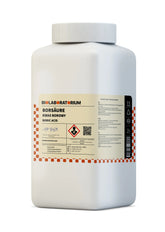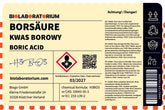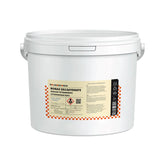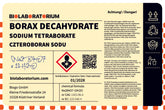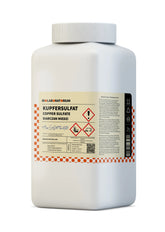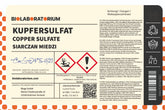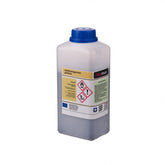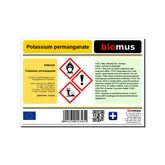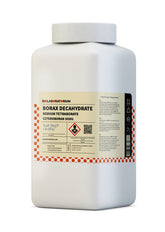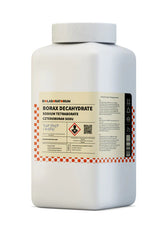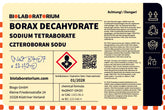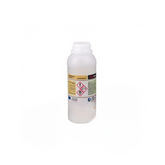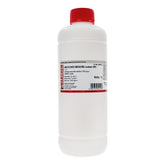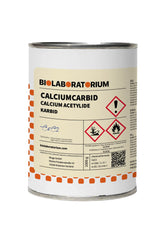Dimethylglyoxime – Properties, Laboratory Applications, and Safety
Dimethylglyoxime, also known as DMG, is a versatile chemical reagent used in many areas of analytics and laboratory research. In this blog post, we will take a closer look at the key properties, applications, and safety aspects of dimethylglyoxime.
What is dimethylglyoxime?
Dimethylglyoxime is an organic compound with the chemical formula C₄H₈N₂O₂. It is a crystalline, white to yellowish powder that is soluble in water and many organic solvents. The compound is named after its two methyl groups (dimethyl-) and the glyoxime functionality.
Physical properties
- Molecular weight: 116.12 g/mol
- Melting point: 240-242 °C
- Boiling point: Decomposition above the melting point
- Solubility: Soluble in water, ethanol, acetone, chloroform
Dimethylglyoxime is a relatively stable molecule that does not easily decompose at normal temperatures and pressures. However, it should be protected from heat, sparks, and open flames, as decomposition can occur at higher temperatures.
Analytical applications of dimethylglyoxime
One of the main applications of dimethylglyoxime lies in the qualitative and quantitative analysis of various metals, particularly nickel. DMG forms an intensely red complex with nickel(II) ions, which can be determined photometrically or gravimetrically.
Detection and determination of nickel
The nickel-DMG complex is an important detection reagent for nickel in chemical analyses. By adding DMG solution to a nickel-containing sample, a red precipitate forms, which enables the detection of nickel.
Furthermore, dimethylglyoxime can be used for the quantitative determination of nickel. By precipitating the nickel-DMG complex and subsequent weighing, the nickel content of a sample can be determined gravimetrically.
Further applications
In addition to nickel analytics, dimethylglyoxime is also used in:
- Determination of palladium, cobalt, and iron
- Complexometric titration of metals
- Detection of hydrogen peroxide
- Examination of mineral oils and fats
The versatility of DMG as an analytical reagent makes it an important tool in many chemical laboratories.
Safety aspects of dimethylglyoxime
As with all chemical substances, certain safety aspects must be considered when handling and storing dimethylglyoxime:
Health hazards
- Dimethylglyoxime is classified as harmful to health and can cause irritation if inhaled, swallowed, or upon skin contact.
- Long-term exposure can lead to damage to the respiratory tract, digestive tract, and skin.
- Therefore, it is important to use appropriate protective equipment such as laboratory gloves, safety glasses, and an extraction system when handling DMG.
Fire hazard and storage
- Dimethylglyoxime itself is not flammable, but it can catch fire when heated or in contact with oxidizing agents.
- Therefore, the substance should be kept away from ignition sources, open flames, and strong oxidizing agents.
- For storage, cool, dry, and well-ventilated rooms without direct sunlight are recommended.
Disposal
- Residues and waste containing dimethylglyoxime must be disposed of as special waste.
- Disposal via regular household waste or the sewer system is not permitted.
By observing these safety instructions, handling dimethylglyoxime in the laboratory can be made safe.
Conclusion
Dimethylglyoxime is a versatile chemical reagent with numerous applications in analytics and laboratory research. In particular, the sensitive detection and quantitative determination of nickel make DMG an important tool. At the same time, appropriate safety measures must be observed when handling this substance to avoid health risks and accidents. With the right knowledge and suitable protective measures, however, dimethylglyoxime can be used safely and effectively in chemical laboratories.

